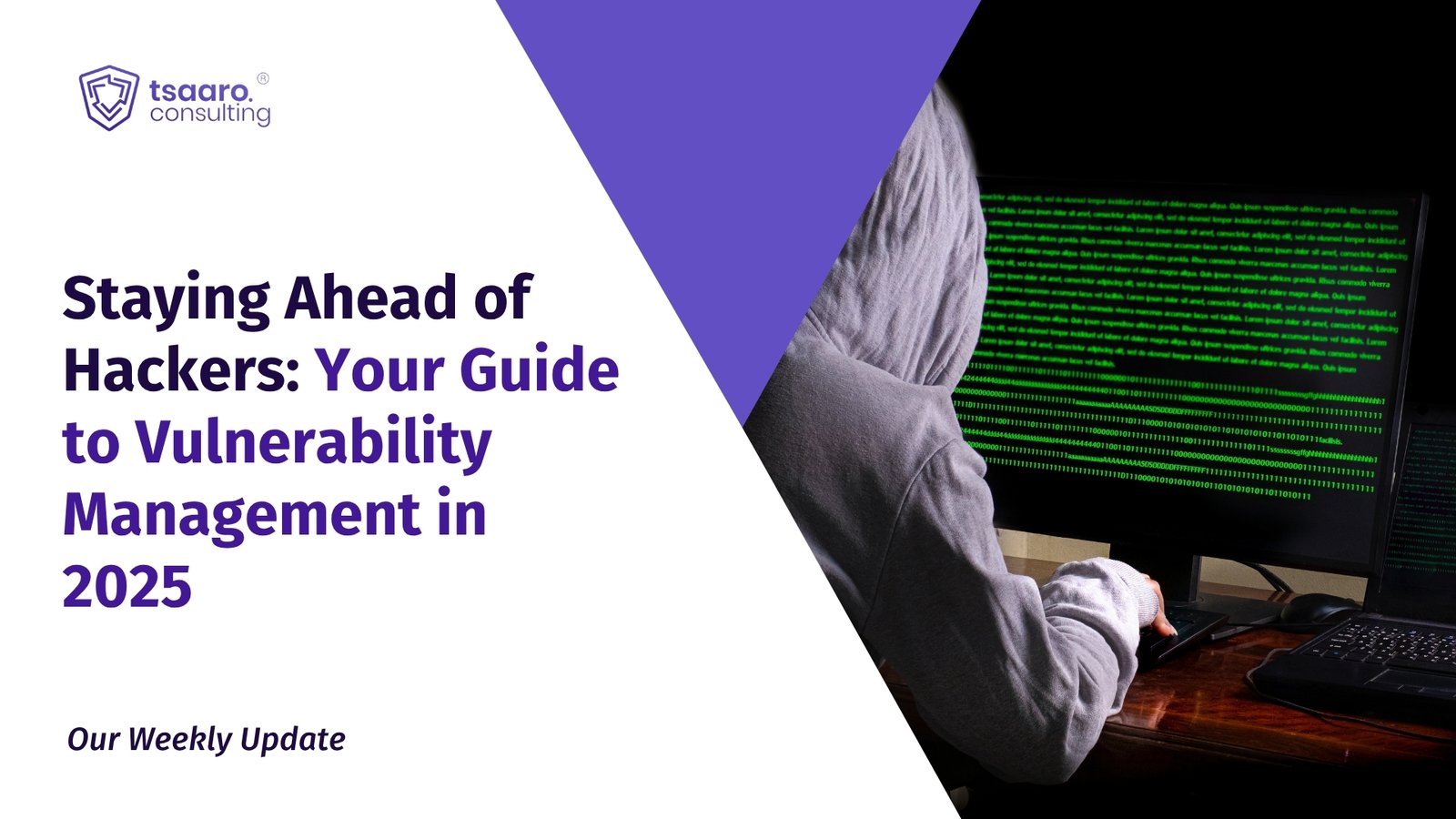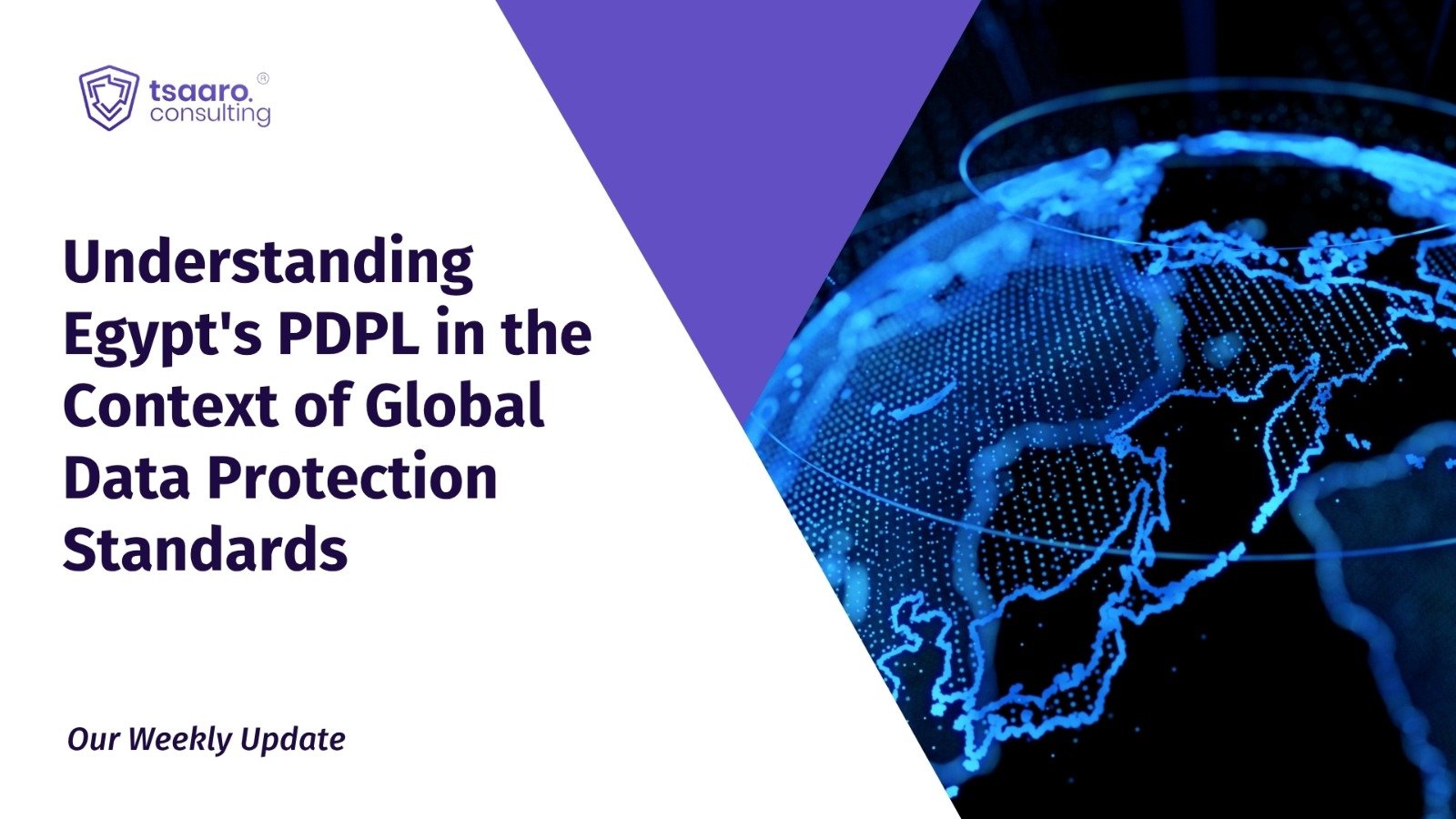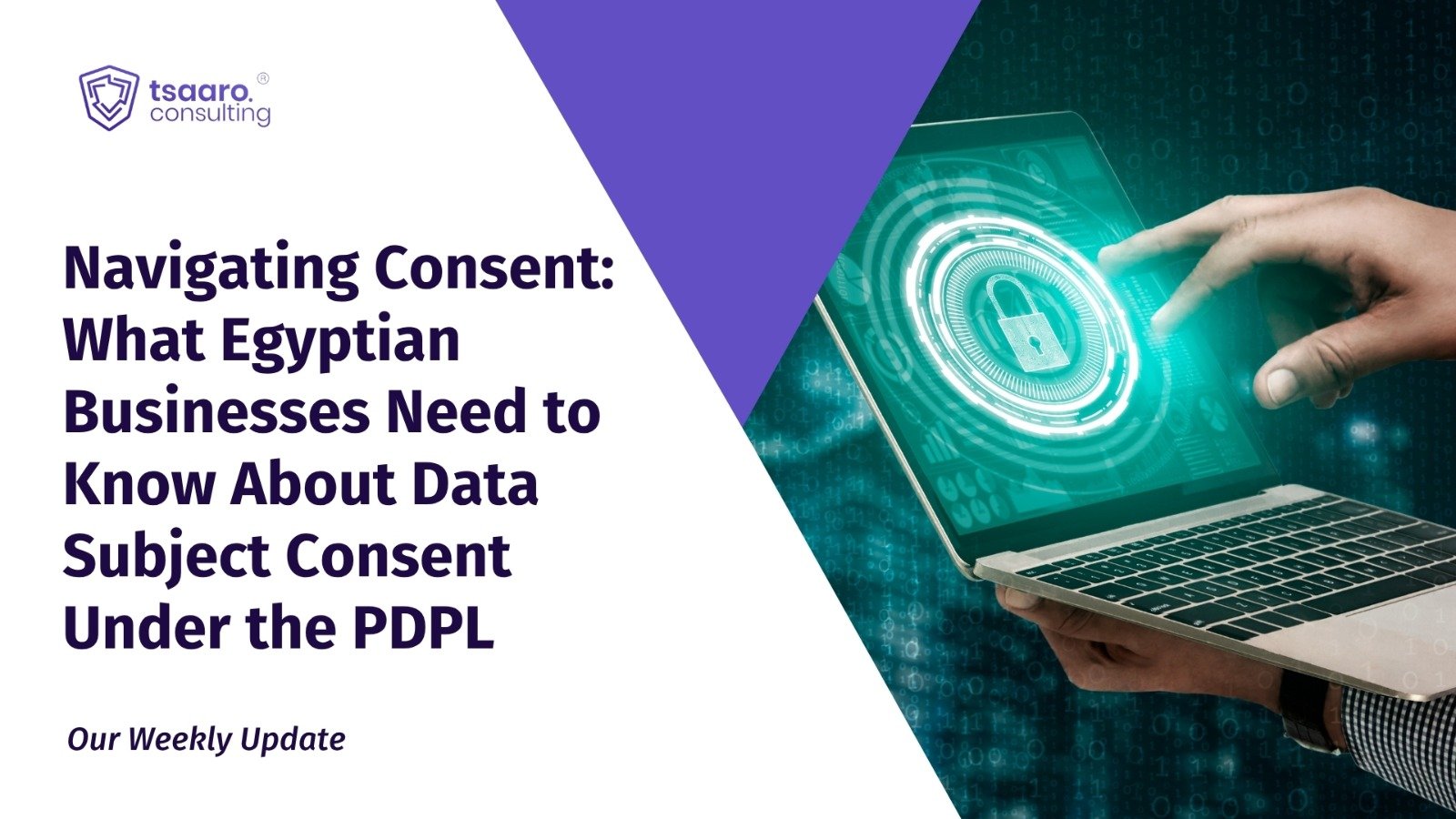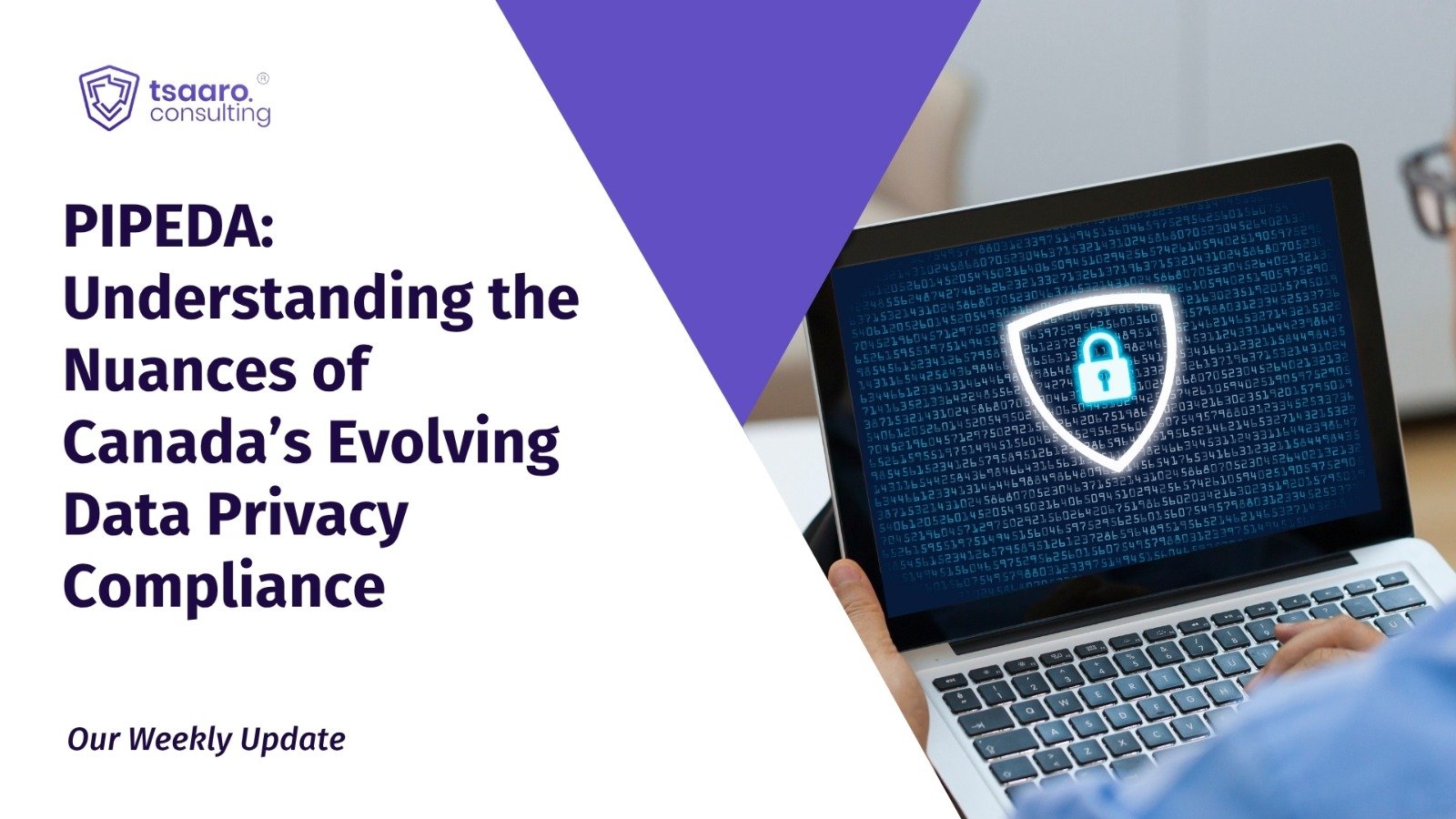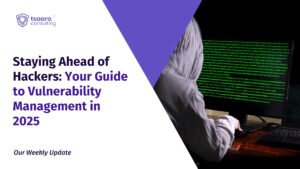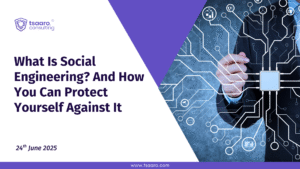Multiple stakeholders, such as virtual mobile network operators (VMNOs), communication service providers (CSPs), and network infrastructure suppliers, will assume pivotal responsibilities in constructing, implementing, and maintaining 5G networks as telecommunications companies introduce 5G technology globally. In contrast to earlier generations wherein mobile operators held direct access and dominion over system components, the complete management of security and privacy has been relinquished by 5G mobile carriers. The harmonization of divergent regulations will pose a significant challenge in 5G networks due to the distinct objectives for security and privacy that each actor pursues.
A. Introduction
With the advent of 5G, there will be a substantial surge in the volume of data transmitted through cellular networks. Ericsson forecasts that by the end of 2020, the world’s monthly mobile data traffic will have exceeded 49 exabytes, or 49 billion gigabytes. By 2026, this figure is expected to skyrocket to 237 exabytes each month, with roughly half of this data being generated by robots instead of individuals with mobile devices. In contrast to the projected 5 billion IoT connections, the World Economic Forum anticipates that by 2025, there will be 2.6 billion 5G users.
It is evident that with the collection of data from diverse sources, both intentional and unintentional data leaks may occur, thereby posing concerns about unauthorized access to personal data by corporations and governments. Nonetheless, it is important to acknowledge that the 5G stakeholders are fully aware of these vulnerabilities and have incorporated various privacy safeguards in the network design itself.
B. What is 5G? How does it Fare Against Previous Generations?
- The categorization of wireless broadband generations is based on a set of telephone network standards that describe the system’s technological implementation.
-
In this categorization scheme, the second generation of mobile networks built on GSM, which is an international standard for mobile phones, is referred to as 2G. The first generation or 1G radio transmissions were analog, while 2G radio signals were digital.
-
The key difference between the 2.4GHz and 5GHz wireless frequencies is in their range (i.e., coverage) and bandwidth (i.e., speed). The 5G cellular network uses infrequently utilized millimeter radio bands in the 30GHz to 300GHz range and is not the same as 5 GHz WI-FI, which is a short-range home networking technology that uses the 5GHz radio spectrum to function.
-
The third generation or 3G standard’s network architecture is based on the Universal Mobile Telecommunications System (UMTS), and it improves clarity with the Wide Band Wireless Network.
-
A genuine 4G network hasn’t been deployed yet, and thus, a comparison between 5G and 4G LTE must be made.
-
The International Telecommunications Union (ITU) established the “Fourth Generation” or 4G definition in 2008, with performance standards far higher than those for 3G. However, both network operators and equipment manufacturers have been unable to fully meet these high standards.
-
5G has a clear advantage over its 4G LTE predecessor in terms of latency, which is the amount of time it takes for information transferred from one device to reach the other. 4G latency is low, usually in the tens or twenty milliseconds, whereas 5G is expected to nearly eliminate delay, with only one millisecond required to meet the official standard.
C. Privacy Issues and how 5G can Help?
Although 5G technology has the potential to introduce new privacy concerns, it also provides opportunities to address existing privacy issues. Here are several ways in which 5G can help enhance privacy:
i).Encrypted Communication: 5G networks offer advanced encryption capabilities, providing a higher level of security for users’ data during transit. Through data encryption, 5G networks can prevent unauthorized access and ensure that data is only accessible to its intended recipient.
ii).Network Slicing: 5G networks allow for the creation of virtual networks that are isolated from one another, known as network slicing. Different types of data can be transmitted over separate virtual networks, each with its own security and privacy measures, which can minimize the risk of unauthorized access to sensitive data.
iii).Edge Computing: 5G technology enables the deployment of more computing power closer to the end-user through edge computing. This means that data processing can occur closer to the source, minimizing the need for data to be transmitted to central processing locations, thus increasing the security and privacy of user data.
iv).User Control: 5G technology enables greater user control over their personal data. For instance, users can choose to share their location data only with specific applications or services and can revoke that access at any time.
D. Drawbacks and Advantages to 5G?
I. ADVANTAGES:
- 5G delivers better identity protection. For the first time, your connection is safeguarded from malicious devices that could intercept calls by mimicking mobile towers. With 5G, your ID is encrypted, which enhances protection against such attacks.
- 5G features a more powerful encryption mechanism that encrypts your speech and data as they move from your smartphone to the cell tower. This indicates that hackers with high-powered computers will find it difficult to decrypt your information, thereby increasing data security.
- 5G enables more sophisticated software and “virtual” hardware. Data can be routed through virtual hubs and switches that can be relocated or modified quickly if necessary, in place of specialized hardware that might be compromised. This ensures a higher level of security for sensitive data and applications.
- Finally, there is edge computing, which focuses on the location of data processing. Traditional or cloud computing may necessitate that data travel to a server situated a long distance away. With edge computing, however, data is processed much closer to the point of origin, which enables better threat detection and overall security.
II. DISADVANTAGES:
- The deployment of 5G technology, with its immense expansion of the attack surface via millions or even billions of new connected devices, introduces new, larger and more complex security threats. As the current internet infrastructure already faces several vulnerabilities, the advent of 5G technology only exacerbates the security risks, including the possibility of sophisticated botnets, privacy violations, and faster data extraction.
- Furthermore, the increase in IoT devices implies more security issues as these devices are often not designed with security in mind, thereby exposing every untrusted IoT device on a company’s network to possible intrusions.
- Moreover, 5G technology results in larger and more complex networks to handle the increasing amount of network traffic from mobile users and devices. Yet, without a strong WAN security solution such as Secure Access Service Edge (SASE) in place, businesses may not be able to acquire the necessary network traffic visibility to detect anomalies or attacks.
- Additionally, the limited availability of 5G supply chains in the current and foreseeable future is a growing concern, and its flaws raise the risk of defective and unsecured parts, particularly given the rapid deployment of gadgets in the market. As 5G mobile networks are significantly more reliant on software than previous mobile networks, the potential for exploitation of network infrastructure is heightened.
E. Conclusion
In conclusion, while 5G technology offers numerous benefits, it also presents potential privacy and security risks that businesses and individuals need to be aware of. The deployment of 5G networks is likely to lead to an increase in the number of connected devices, which could make the attack surface larger and more complex. This increases the possibility of cyberattacks, privacy breaches, and data extraction.
To mitigate these risks, businesses and individuals should take proactive measures to secure their devices and networks. They should ensure that their devices are updated with the latest security patches, use strong passwords, and implement two-factor authentication. They should also consider using encryption and network segmentation to protect their data from unauthorized access.
Moreover, network visibility and security should be a top priority for businesses, particularly with the growth of remote work and cloud-based services. The adoption of Secure Access Service Edge (SASE) and other advanced security solutions can help businesses detect and respond to threats in real-time.
Stay updated with us. Get a grasp on guidelines for better Privacy management and administration straightforward once you understand them. Once they become ingrained in your behavior, they will aid in defending you from frequent scam tactics. Take the first step towards a secure your organization’s data by scheduling a call with our privacy expert team at Tsaaro Solutions today. Get in touch with us at info@tsaaro.com .


